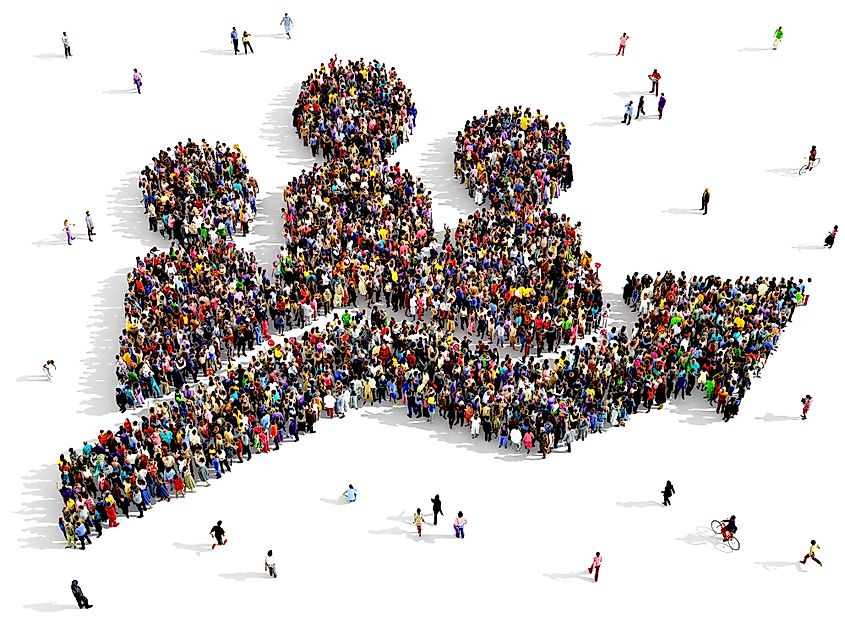
Population Clock - USA And World
Population data is one of the most essential tools for planning and development. The two most important population data are population size and population density. Population size is the total number of people within a region or country, while the population density is the number of people per unit area, usually square kilometers or square miles. Nations need to know both the sizes and compositions to help plan how to distribute the basic amenities. Knowing the exact population size at any given time is a major challenge for most countries since the census is only carried out at intervals of five or ten years. However, the US Census Bureau has come up with a population clock to help solve the problem.
What Is A Population Clock?
A population clock is an essential population data tool used to estimate minute-by-minute population size. The US and World population clock estimate the US overall population, number of people in each of the 50 states, and the world population at any given time. The clock continuously approximates these populations based on national estimates from the most recent census and provides an interactive and quick overview of the population. From the population clock, one can know the estimated number of people in the US and world at any time. The data tool also offers additional demographic data, including densely populated states and population growth by region.
How Does The Population Clock Work?
The Population clock uses series of short-term population projections based on the most recent census or population estimates. For the US population clock, the projections include the people who reside in the 50 states but do not include the Armed Forces members who work overseas nor US citizens who reside elsewhere. The population estimates are monthly projections starting April 1, 2010, based on the 2010 census. The daily population projections are obtained by interpolation, with daily population change assumed to be constant.

Calculation
The algorithms that run the population clock uses several variables to estimate the population size at any given time. The common variables used are the number of deaths, births, and migrants per time. In this case, the algorithm works out a net gain of one person per time from one death, one birth, and one net migrant per time. According to the current US population clock, one birth is recorded every 8 seconds, one person dies every 12 seconds, and one net international immigrant is recorded every 670 seconds. From these variables, the US population grows by one person per 29 seconds. However, it takes a much shorter time to achieve a net gain of one person.
Are The Figures Accurate?
According to the population clock, the world’s population is over 7.7 billion, while that of the US is over 330.2 million. However, like census data, the figures on the population clock are not 100% accurate. The population clock uses all the available data to estimate the population increase over the coming months. Thus, the clock does not constantly tick over every time there is an addition of a person, although it appears as it is constantly ticking. Furthermore, the algorithm that runs the clock depends on collected data.
U.S. Population Clock
The U.S. population clock is based on a series of short-term projections for the resident population of the United States. This includes people whose usual residence is in the 50 states and the District of Columbia.
These projections do not include members of the Armed Forces overseas, their dependents, or other U.S. citizens residing outside the United States. The projections are based on a monthly series of population estimates starting with the April 1, 2010 resident population from the 2010 Census.
World Population Clock
The World population clock is based on a series of projections that includes births and deaths, and end result (shown) is the total number of living humans on Earth.
According to a separate estimate by the United Nations Population Fund, world population reached 7 billion on October 31, 2011. In fact, the world population has experienced continuous growth since the end of the Great Famine and the Black Death in 1350, when it stood at around 370 million.











